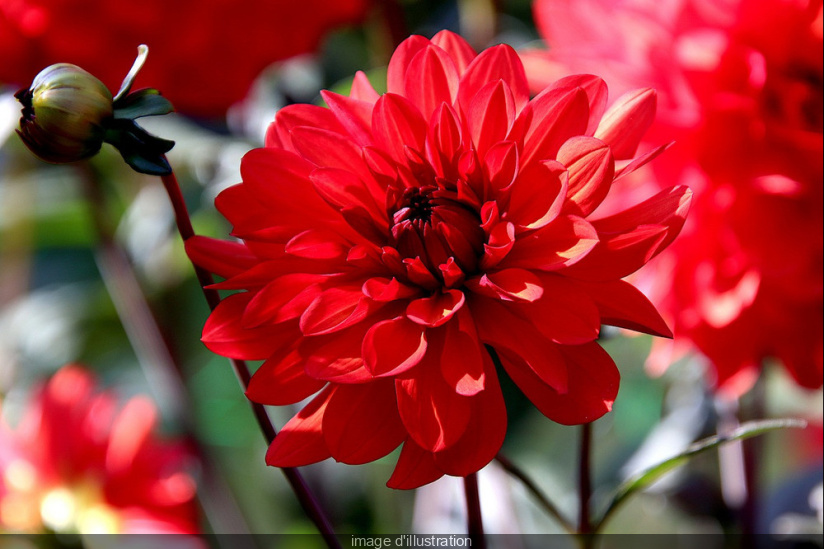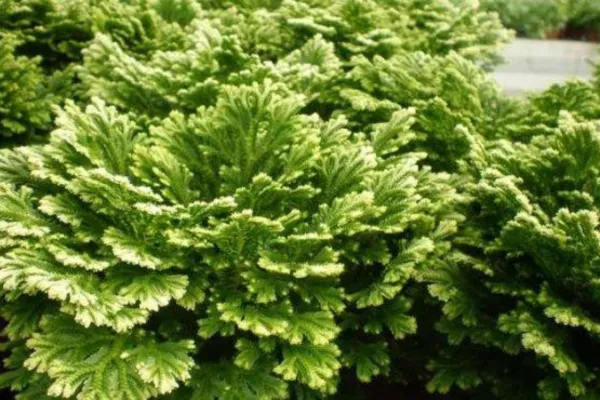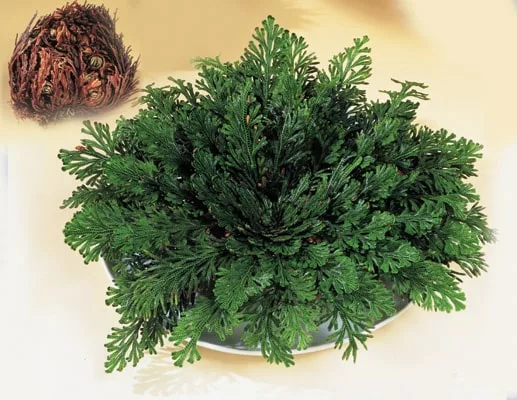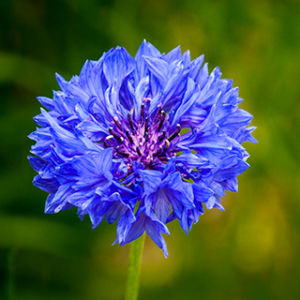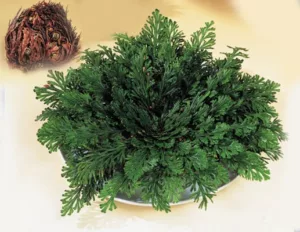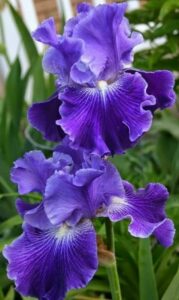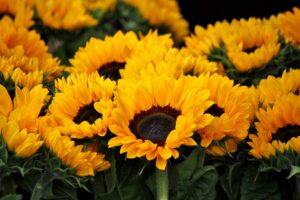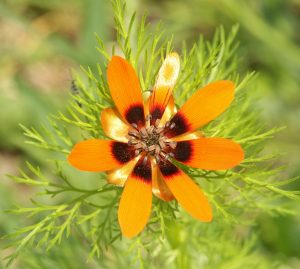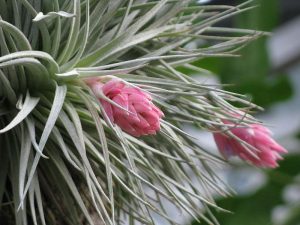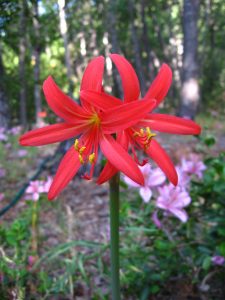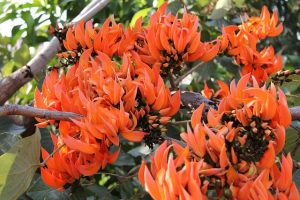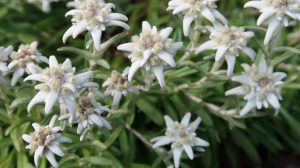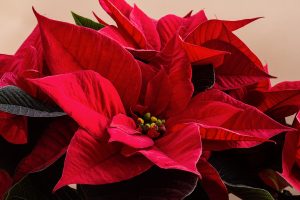The ferns, characteristics and how to grow them
Hello friends, today we will talk about a plant that although it does not have flowers has great acceptance for its characteristics, the Ferns.
Ferns and horsetails (Pteridophytes)
They are vascular plants (that is, they have a system of vessels that transport water and nutrients) that do not have flowers and do not produce seeds, but reproduce by means of spores. Sometimes they are recognized as “inferior” vascular plants whose vascular tissues (xylem and phloem) are arranged in bundles that carry water, food and minerals although many have stem and roots, for others their stem consists of crawling rhizomes with adventitious roots (Jones , 1987).
Due to the enormous variety of ferns – almost 10 thousand have been registered – there are some varieties that are called true ferns, one of them and the most common and known is the leptosporangiate fern. These plants have a composite and bipinnate frond, that is to say that the leaf has divisions and in turn, each segment has divisions or pinnades.
Ferns can present themselves as crawling, climbing, erect and even aquatic plants.
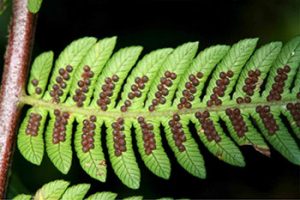
Do you want to grow ferns at home?
For this we must first remove the sori when they are fully mature, we will know this because they acquire a dark brown or black color. Then we carefully scrape the soros on a sheet of white paper, taking care not to damage the fronds. Once the spores are obtained, we must sow them immediately.
In a tray, which could be plastic, peat is placed well fertilized, mixed with sand. It is watered well and we hope that the water drains and there are no puddles. Then, we uniformly spread the spores we have obtained from other ferns. Do not cover the spores with soil, simply cover the tray with a plastic or transparent acrylic lid. The tray should be placed in a very warm place with plenty of sunlight. After a few days they will begin to be born.
When these plants have acquired a size about 3 to 5 centimeters, they are separated into portions and placed in individual pots.
Where to put the pots?
You can have the pots in patios or apartments and heated greenhouses, always protecting them from the cold, as they do not tolerate low temperatures, nor can they withstand high temperatures in excess. If you keep it outside, therefore, you should seek shade and mild ventilation.
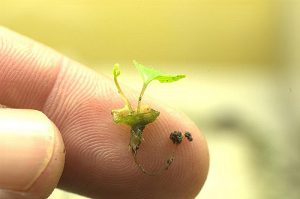
Hanging flowerpots
Due to the extension of its fronds and leaves, the ferns are usually kept in hanging pot holders, so that they unfold in all their splendor towards the outside. Also so that its leaves do not bend or suffer injuries due to the points of support.
Ferns should be fertilized once a month.
Transplant the ferns after a year or more. After a certain time, all ferns will exceed the size of the pot in which it was originally planted.
Indoor ferns may contract certain diseases, however, they are usually resistant and do not succumb to any. If your plant seems sick, cut the damaged areas.
Scaly insects, scale insects and mites usually try to live in the ferns. It is not advisable to throw pesticides on them, so shaking or removing insects manually will be the best way to eliminate them.
Another enemy of the fern is the leaf nematode (Helenchoides fragariae). In this case, its harmful action is recognized by the reddish brown color of the base of the fronds. Certain bacteria can also cause necrosis in younger leaves, and others, such as pythium, attack the roots of young plants.
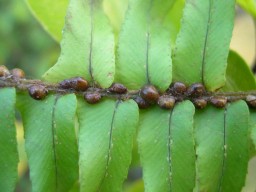
As you can see they are very simple plants to take care of as long as they have the right climatic conditions. If you decide to have one, with a little love and dedication you will soon have decorating your home, very close to the heart. ?
Remember to like and share on your social networks if you liked this article. Leave us your comments here.
![]()
Share this content:

